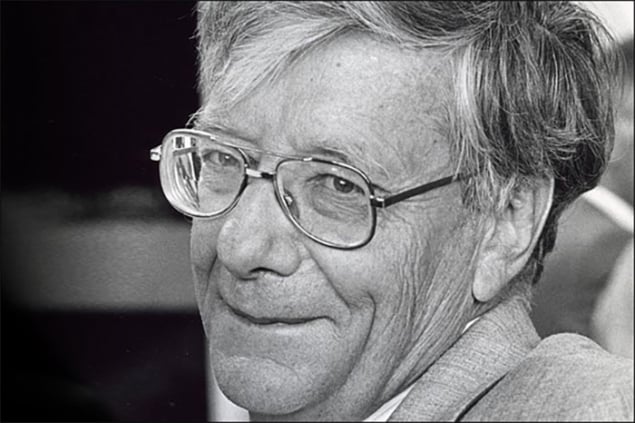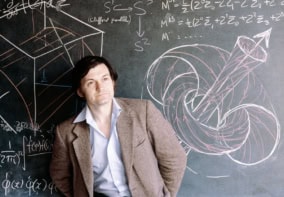
Nicolaas Bloembergen, the Dutch–American physicist who shared the 1981 Nobel Prize for Physics, has died at the age of 97. Bloembergen died on 5 September following complications arising from a heart attack.
Born in Dordrecht, the Netherlands, on 11 March 1920, Bloembergen studied physics at the University of Utrecht. He graduated in 1943 with a Phil. Drs degree – equivalent to an MSc – just before the occupying German forces closed the university during the Second World War.
Although he was not Jewish, Bloembergen spent two years in hiding from the Nazis. He later told the Nobel Foundation that during this time he ate tulip bulbs to fill his stomach and read the Dutch physicist Hendrik Kramers’s book Quantum Theorie des Elektrons und der Strahlung by the light of a storm lamp that needed cleaning every 20 minutes.
In 1945 Bloembergen moved to Harvard University. Two years later he returned to the Netherlands to the University of Leiden, where he was awarded a PhD in physics in 1948 for his work on nuclear magnetic resonance. In 1949 he went back to Harvard, where he remained for the rest of his career.
In the 1960s Bloembergen began to develop the theory of nonlinear optics in which photons interact with each other through some mediating material, such as transparent crystal. A common nonlinear optical phenomenon is “four-wave mixing” where three waves are sent into a nonlinear medium and the exchange of energy and momentum between the waves results in the production of a fourth wave. This method made it possible to generate laser light in both the infrared and the ultraviolet, extending the range of wavelengths that could be used for laser spectroscopy.
Bloembergen shared half of the 1981 Nobel Prize for Physics with Stanford University physicist Arthur Schawlow “for the development of laser spectroscopy”. The other half went to Kai Siegbahn from Uppsala University in Sweden for his work on high-resolution electron spectroscopy. In 1991 he served as president of the American Physical Society.



